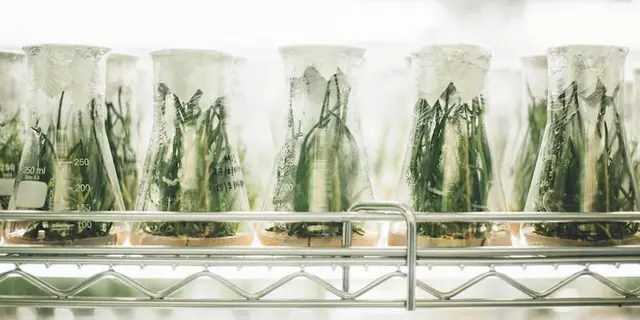
The Invisible Workforce in a Rotting Log
Aha, the joys of rotting logs. Isn't it strange how strolling by a decomposing log, your eyebrows might furrow in disgust while mine arc up, gleaming with excitement? You see, there's a secret world buzzing with life, energy and, surprise surprise, abiotic elements hiding in those decaying timber heaps. Oh yes, the drama of a rotting log is intriguing, a tale of mighty conflicts and triumphs in nature. It's the conflux between life and death, degradation and renewal, biotic and abiotic factors.
Now, the word 'abiotic' might sound a bit intimidating, but it's quite simple. Abiotic elements are the non-living things that influence the living organisms in an ecosystem. They are the unsung heroes of Mother Nature; the directors subtly guiding the serenade of life and death unfolding in that rotting log.
Water: The Elixier of Life
What's the first thing that comes to mind when you think about what living organisms need to, well, live? Hands down, it's water. Wait, check that. Hands up - you need water to quench your thirst, wash your face, cook your pasta. Your body, in fact, is mostly made up of the stuff! Now, think about the tiny organisms living in a rotting log. They're no different. In the cycle of decomposition, water plays a paramount role, acting as a catalyst in chemical reactions or as the medium where most biological activities occur.
Plus, humidity in a rotting log creates an optimal condition for bacteria, fungi, and small critters to thrive. Rotting logs act like sponges, absorbing water from the environment during rainy seasons and retaining it during dry periods. This allows the log to remain moist and hospitable for its many tiny tenants.
The Air of Mystery: Oxygen and Carbon Dioxide
Oxygen and carbon dioxide are the two leading characters in this drama. Beautiful chemistry happens between them and the biotic components of a rotting log. Oxygen brings life, and carbon dioxide, the by-product of most decaying processes, acts as the closing curtain to signal the end of one act and the beginning of another.
Now listen, decay is a messy process, and it's teeming with living organisms. Many of these organisms, from beetles to bacteria, greatly rely on oxygen for survival. Many of the decomposition reactions involve Oxygen acting as the electron acceptor - aka, the popular kid in the school of Chemistry. Without Oxygen, the whole process slows down significantly or goes AWOL entirely!
Rolling in the Deep: Soil Minerals
Soil minerals are like the unsung heroes in our rotting log ecosystem. These little elements are needed in precisely the right amounts to allow the organisms in our rotting log to thrive. This might include everything from nitrogen, phosphorus, and potassium, to an entire cocktail of other trace minerals.
The role of minerals in a decomposing log is akin to sprinkling just the right amount of seasoning on your sumptuous spaghetti - overdo it, and you'll spoil the taste; underdo it, and it'll taste bland. Soil minerals add nutritional flavor to the rotting log's ecosystem, making it a conducive environment for life.
Temperature: The Silent Selector
Temperature is like that fickle director, sometimes warm, sometimes cool, sometimes downright hot or freezing! It dictates who gets to shine on the rotting log stage. You see, different organisms prefer different temperatures. The rotting log transforms into a tropical paradise at one moment and an arctic tundra the next.
The light and heat it receives contribute to its temperature, which in turn affects the rate of decomposition and the types of organisms it hosts. In warmer climates, decay happens more rapidly. In colder temperatures, it's a slower process. Thus, temperature acts as the silent selector, determining the course of decay.
The Underrated Light
Basking in the sunlight, or hiding from it - both have their roles in this silent symphony. While some fungi and bacteria groom themselves for a sunbathing session, others take refuge in the shady nooks and crannies of the log. Photosynthetic organisms hitch a ride on this decomposing vehicle, absorbing light to produce food, which in turn gets absorbed into the decaying wood's nutrient cycle.
Changes of light also influence the behaviour of the log's inhabitants. Some animals are more active during daylight hours, while others prefer the cover of darkness. Behaviours shaped by light impact which organisms thrive and how the rotting log's ecosystem operates. So, the underrated light has a more significant role in our log's life than meets the eye.
And there you have it! The amazing life of a rotting log doesn’t just rely on bugs and bacteria alone. These non-living, abiotic contributors play the unseen but crucial role in this tiny universe. Next time you see a log slowly decaying, remember to honour the silent heroes – Water, Oxygen, Carbon Dioxide, Soil Minerals, Temperature, and Light. Who knew a rotting log could be so fundamentally challenging and complex, yet in a way, so beautifully simple?


